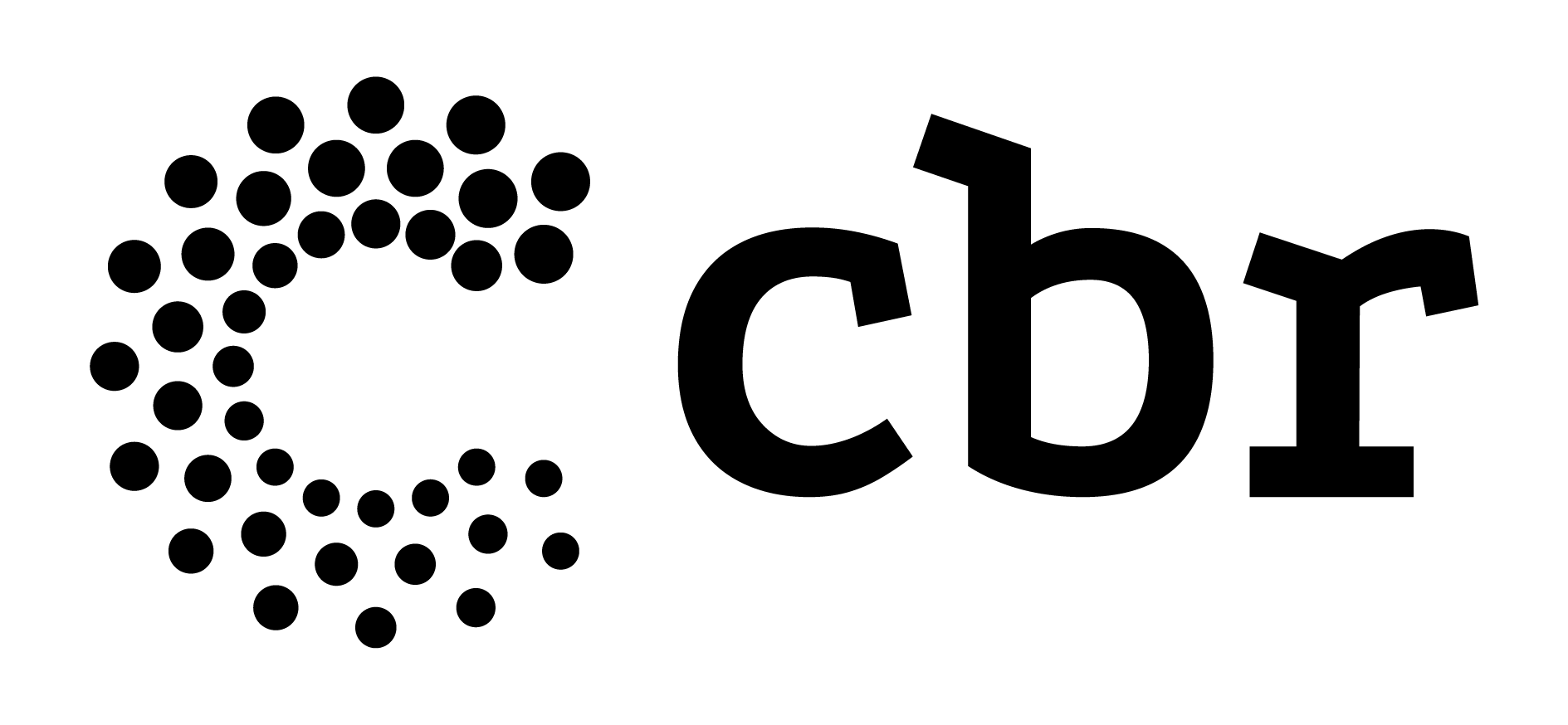This month, Revista Radiologia Brasileira (RB) published in the format Ahead of Print a study of paramount importance for radiologists and the medical and scientific community as a whole.
Entitled “Accuracy of chest CT in the diagnosis of SARS-CoV-2 infection: initial experience in an oncology center”, the study, carried out by doctors Paula Nicole Vieira Pinto Barbosa, Almir Galvão Vieira Bitencourt, Gabriel Diaz de Miranda, Maria Fernanda Arruda Almeida and Rubens Chojniak, aimed to evaluate the accuracy of chest computed tomography (CT) in patients with suspected infection by SARS-CoV-2 in an oncology center.
This is a retrospective, single-center study that selected 91 patients who underwent chest CT and RT-PCR testing on the same day. CT results were classified as negative, typical, indeterminate, or atypical findings. Diagnostic accuracy, sensitivity and specificity were calculated for two scenarios: in the first, only CT with typical findings was considered positive. In the second, typical or indeterminate findings were considered positive.
Check below a brief interview with the authors about the article which, in addition to the ahead of print, will be available in the next issue of RB.
How was this study done?
We compared CT scan results with PCR test results in consecutive symptomatic patients admitted to the hospital with suspected Covid-19.
The CT scan and PCR were performed on the same day and the CT scan findings were classified according to previously published international guidelines, according to suspicion for Covid-19.
We then analyzed the accuracy of CT for the presence of Covid-19 using two interpretation criteria: in one of them we considered positive for Covid-19 only those CTs that presented findings already described as typical, in this interpretation scenario we verified a high specificity of the test and a lowest rate of false positive results. And, in the other interpretation criterion, we considered positive for Covid-19 the CT scans that had typical or indeterminate findings. In this scenario, we verified a high sensitivity of CT and a low rate of false-negative results.
What is the contribution of this study?
As PCR tests are scarce and their results take time to come out, we verified that CT can help in the screening of this group of symptomatic patients. The result of the CT exam separates two groups, one with a high and one with a low chance of infection by Covid-19 and, in this way, can help in decisions that need to be taken before the result of the PCR test.
An interesting aspect of analyzing the results is that we know that the PCR test also has its limitations, and that negative results in patients with Covid-19 are not uncommon. In view of this, CT performance may be even better than that estimated by studies that use PCR as a reference standard, as in our work. Some studies suggest that CT may have superior sensitivity to PCR testing in certain clinical settings/populations.
How can we adopt this information in practice in our environment?
In a context of limited resources and structure where PCR tests may be lacking, the result of the PCR test takes time to come out, there is a lack of isolation units and ICU beds, as we have already seen in some places in Brazil, it is necessary to make decisions without the result of the PCR test. Who are we going to test? Who are we going to hospitalize, isolate, or admit to an ICU bed while the PCR test result does not come out?
The CT Result, despite not having the ideal accuracy for a Covid-19 diagnostic test and not being able to directly verify the presence of the virus, has sufficient performance to help in screening, in the decision to allocate resources, particularly in the criterion of greater specificity that considers only the typical findings. Prioritizing the use of resources for patients with a high probability of disease.
The other interpretation criterion, which also considers indeterminate findings is more sensitive, it will not lose many contaminated patients, however, it tends to demand resources for a larger number of patients due to the high rate of false-positive results.
We noticed that this is a way of using CT that was already being used in practice in some centers and for some patients.
Is this usage profile being adopted by international societies?
Most international societies have not been recommending CT as a systematic diagnostic or screening test for all patients with suspected Covid-19. But this is due to the recognition that false-positive and negative results are not uncommon. Other viruses and pathologies may have findings similar to Covid-19 and, especially at the beginning of symptomatic infection, CT may not show pulmonary changes. But, in the scenario in which we are suggesting the indication of CT as a screening test, it is not a conventional situation of wide access to diagnostic and treatment resources. This approach was used by Chinese health authorities and the consensus on the use of imaging methods for the management of Covid-19, recently published by the Fleischner Society, a renowned international society of thoracic radiology, has already started to predict the type of application of the CT during the pandemic. We believe that with the accumulation of experience and information this approach should be considered in situations of scarce resources.
RESULTS
The mean age of the patients was 58.2 years, the majority being men (60.4%) and with a history of previous cancer (85.7%).
CT showed typical findings in 28.6%, indeterminate in 24.2% and atypical in 26.4%.
RT-PCR results were positive for SARS-CoV-2 in 27.5%.
Sensitivity, specificity and accuracy in the first and second scenarios were, respectively, 64.0%, 84.8% and 79.1%, and 92.0%, 62.1% and 70.3%.
CONCLUSION
CT has high accuracy for the diagnosis of SARS-CoV-2 infection. Different interpretation criteria provide greater sensitivity or specificity. CT should be integrated as a screening test in resource-limited settings during the pandemic to help optimize the utilization of PCR tests, isolation beds and intensive care units.
RB is the official scientific publication of the Brazilian College of Radiology and Image Diagnosis (CBR) and is part of the group of journals indexed to SciELO (Scientific Electronic Library Online), to LILACS (Latin American and Caribbean Information Literature on Sciences Health), SCOPUS and PUBMED CENTRAL.
Read the article: http://www.rb.org.br/detalhe_aop.asp?id=3269
Also available through the CBR Digital Library App (Android and iOs)




